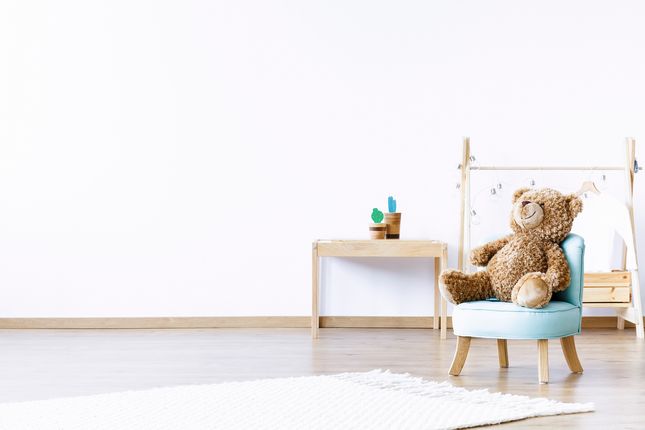New research has given a rich insight into Australia’s empty bedroom epidemic and the conflicted government policy positions on this issue.
It’s broadly agreed that it’s not a particularly good idea to have older people, whose children have left the nest, rattling around in big homes. This situation means these homes are being denied to the growing families that need them.
However, this is precisely the situation which exists right now across Australia.
Spare bedrooms a national issue
According to a new Australian Housing Urban Research Institute (AHURI) report, an incredible 59 per cent of households aged 55 and above have two or more bedrooms spare.
This compares to less than 30 per cent of 22-44 age bracket households having this number of spare bedrooms.
Western Australia is the nation’s worst offender in the empty bedroom stakes.
Around 67 per cent of 55 plus households - that’s two in every three - have two or more spare bedrooms. The problem is most acute in Mandurah, south of Perth, where 70 per cent of over 55s have two or more spare bedrooms.
In South Australia, the empty bedroom hit rate is 60 per cent, while in NSW it is 55 per cent. Other States were not surveyed.

What’s more, the research finds that older Australians are not satisfied in these larger homes. Just 38 per cent of Australians over 55 were happy in a four bedroom dwelling and even less (10 per cent) happy with five plus bedrooms.
In fact, the preferred dwelling size was to move to a three bedroom home, with a small garden.
The problem, however, is that there are so many barriers in place stopping older Australians from moving out of these homes.
Bureaucrat admits ‘competing interests’
AHURI researchers conducted an interview with an unnamed Australian Government bureaucrat, who basically admitted that the government’s policies were all over the shop.
The bureaucrat stated that the Commonwealth supports older people moving out of their family homes, including through its downsizing superannuation incentive.
However, at the same time, the bureaucrat admitted the government had other programs in place which encouraged people to do exactly the opposite and stay in the family home.
“Where downsizing becomes important to us is the ability for older Australians to move from homes that no longer meet their needs, so that more homes may be made available for younger Australian families,” the unnamed bureaucrat said.
The bureaucrat spoke of “competing interests” for the government - between the “efficient use of housing stock” and “using housing stock to enable greater self-reliance in old age”.
Downsizing barriers need to be removed
The fact of the matter is that governments across Australia have placed a series of unwanted barriers in the way of Australians who want to take the natural step of moving to a more age-appropriate home.
At the Federal level, the current operation of the pension assets and income test means Australians who boost their savings as a result of releasing equity from a home sale face having their pension payments reduced, or even wiped out altogether.
In addition, the government’s Pension Loans Scheme specifically works against downsizing by encouraging people to stay in their homes.
At the State level, downsizers often have to face stamp duty imposts, although there are some encouraging signs that Australia’s large State of NSW may be willing to act on this issue.
In addition, many potential downsizers have difficulty finding the right sort of home, and for the right price, in their desired area. Housing supply is a State and local government responsibility.
The irony of the above sorry situation is that there really doesn’t need to be any “competing interests” at all and it is possible to have Australians both downsize and age-in-place.
Increasingly, older Australians are moving into downsizer-friendly communities and then accessing home care services in these communities, as an alternative to moving into residential aged care facilities.
At the same time, they are able to access the benefits of a strong and supportive social network in these communities, which they probably would not have in their old neighbourhood.
If government policy settings are correctly calibrated, everyone should be a winner - including older Australians who can age-in-place in a new home and younger families who will be able to more easily access larger detached homes in the suburbs.


